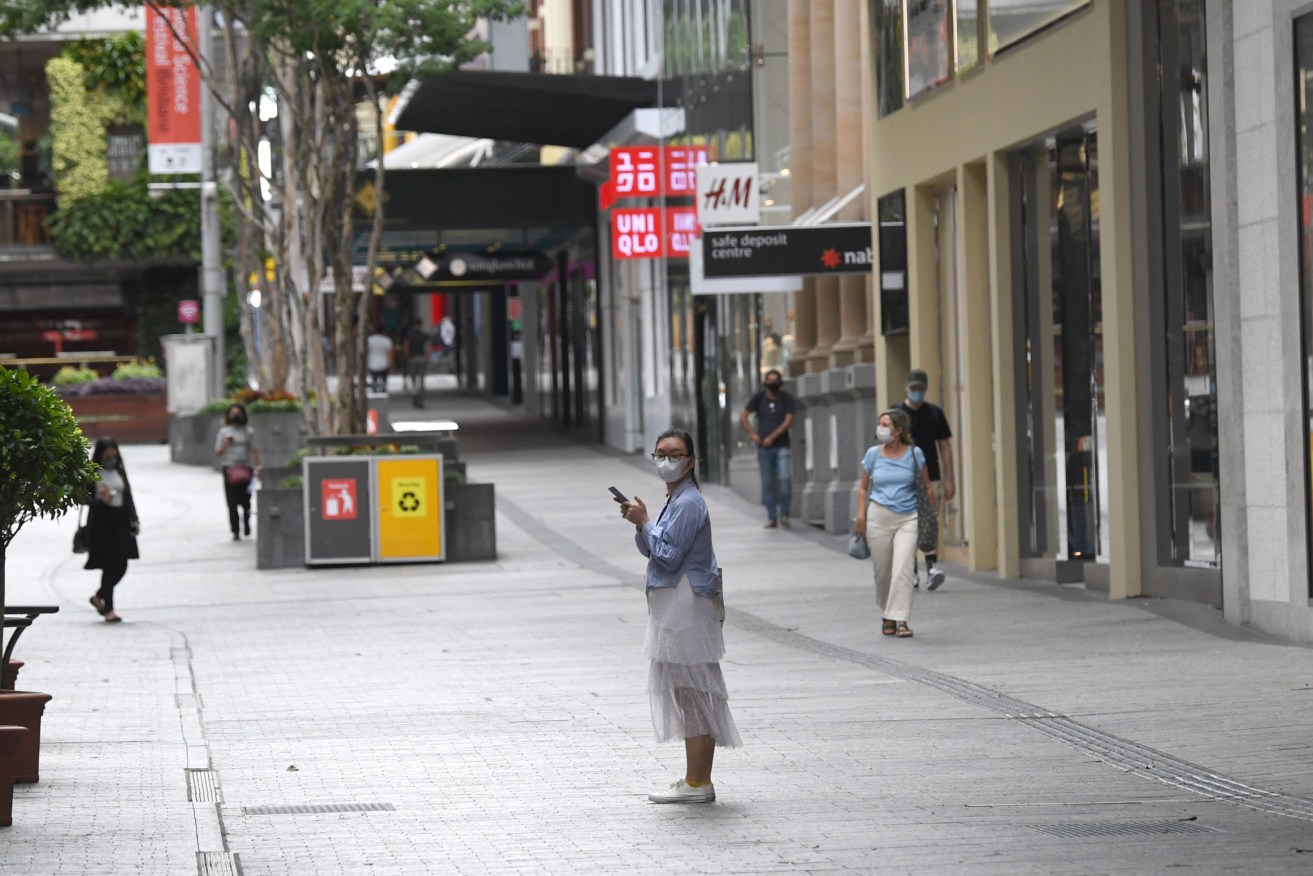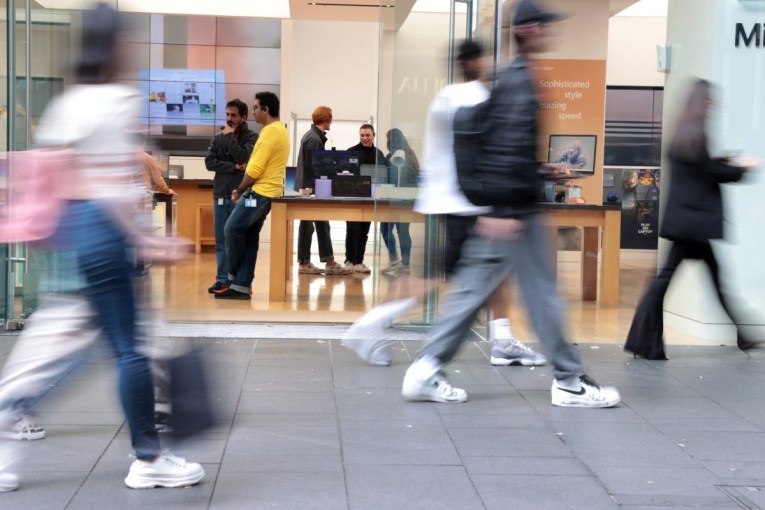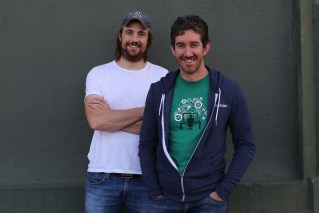Go hard, go home: Study finds lockdowns save money in the long run
Australia is a long way from a post-COVID economy, according to new research that backs longer lockdowns.

A near empty Queen Street mall during Brisbane's most recent pandemic-related lockdown. Photo: AAP Image/Darren England
Modellers, economists and public health experts from the Australian National University and the University of Melbourne have crunched the numbers and found longer lockdowns benefit the economy in the long term.
The report comes as the Morrison government urges Australians to live with the virus and get vaccinated to have any hope of opening up to the global economy.
“If we think we can do away with periods of movement restrictions when uncontrolled outbreaks occur, we need to think again,” University of Melbourne Professor Tom Kompas said on Tuesday.
“The key point here is not to think about the economic costs over a period of a couple of weeks, large as they are, but rather to consider the costs over a period of months if community transmission continues.”
Imposing a certain number of social distancing days per lockdown was found to reduce the total in lockdown over a 12-month period, and the costs to the economy of about $210 million per lockdown day.
“Our results support strategies that go hard against COVID-19 infections and get us to zero community transmission,” lead author Professor Quentin Grafton said.
“This is especially the case now with this Delta variant and Australia’s currently low vaccination level,” he said.
And to ensure compliance and to help those who are doing it tough, Prof Grafton said there needs be enough financial support for the people who are most affected by lockdowns.
Social distancing and lockdown measures have played a key role in controlling both the first and second infection waves in Australia.
But contact tracing was found to be resource-intensive, especially as the number of cases increases.
During Victoria’s second wave, contact tracing by itself was insufficient to stop growth in infections and a severe lockdown was needed.
Hotel quarantine was initially assumed to be 100 per cent effective in preventing the entry and spread of the virus.
However, cases of transmission from within hotel quarantine contributed to Victoria’s second wave, and there have been multiple other cases of transmission from within hotel quarantine.
Separately, modelling commissioned by the federal government from the Doherty Institute is weighing up the full range of tools to suppress – not eliminate – the virus.












